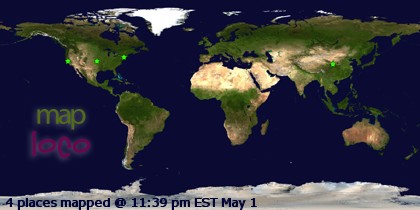We went over to Nijmegen on Tuesday. This was the scene of much fighting in WW2 which rather tragically destroyed (among a lot of other things) most of the buildings in the city. And to see the few that remain and were restored makes that all the more sad.
 |
| The 1612 Waag (weigh) Haus |
 |
| 1545 passageway |
 |
| A blend of new and old |
 |
| City Hall |
 |
| Now a school, associated with the church |
 |
| Detail of the windows and statues |
 |
| Sint-Niklaaskapel |
 |
| Sint-Maartinskapel |
 |
| Not the original bridge, but close enough. See link above |
 |
| The museum |
 |
| The entry plaza |
 |
| Inside, on the wall on the movie room |
Accordingly, for this and many other reasons, the Dutch have a soft spot for Canadians, and a 20 min walk north of Groesbeek and the museum takes you to the Canadian war cemetery.
 |
| Flanked by silver maples, the entrance |
 |
| The Dutch seem to like us |
 |
| Their names liveth for evermore |
 |
| There are far too many |
 |
| Far, far, too many |
 |
| Unknown soldier |
 |
| Unknown airman |
 |
| A fine place to find a flag |
 |
| And another |
 |
| Proof that life rises from the ashes of men who sacrificed |
 |
| Between here and the hills in the distance lies the German border |


1 comment:
I live in this area (eventhough is was born near Groningen) and I have my offices in the Nijmegen area. The actual focal point of operation marketgarden was the bridge over the river Rijn (or rhine as you would call it) in Arnhem, 15 km's south of the Waalbrug which is seem on your picture of Nijmegen. Do check out the story of Jphn Frost (found all over the net) and, if you ever get the chance, visit the museum dedicated to the battle of Arnhem in Oosterbeek.
P.S. We evened up the series yesterday. Tonight we'll square up in Leiden again.
Post a Comment